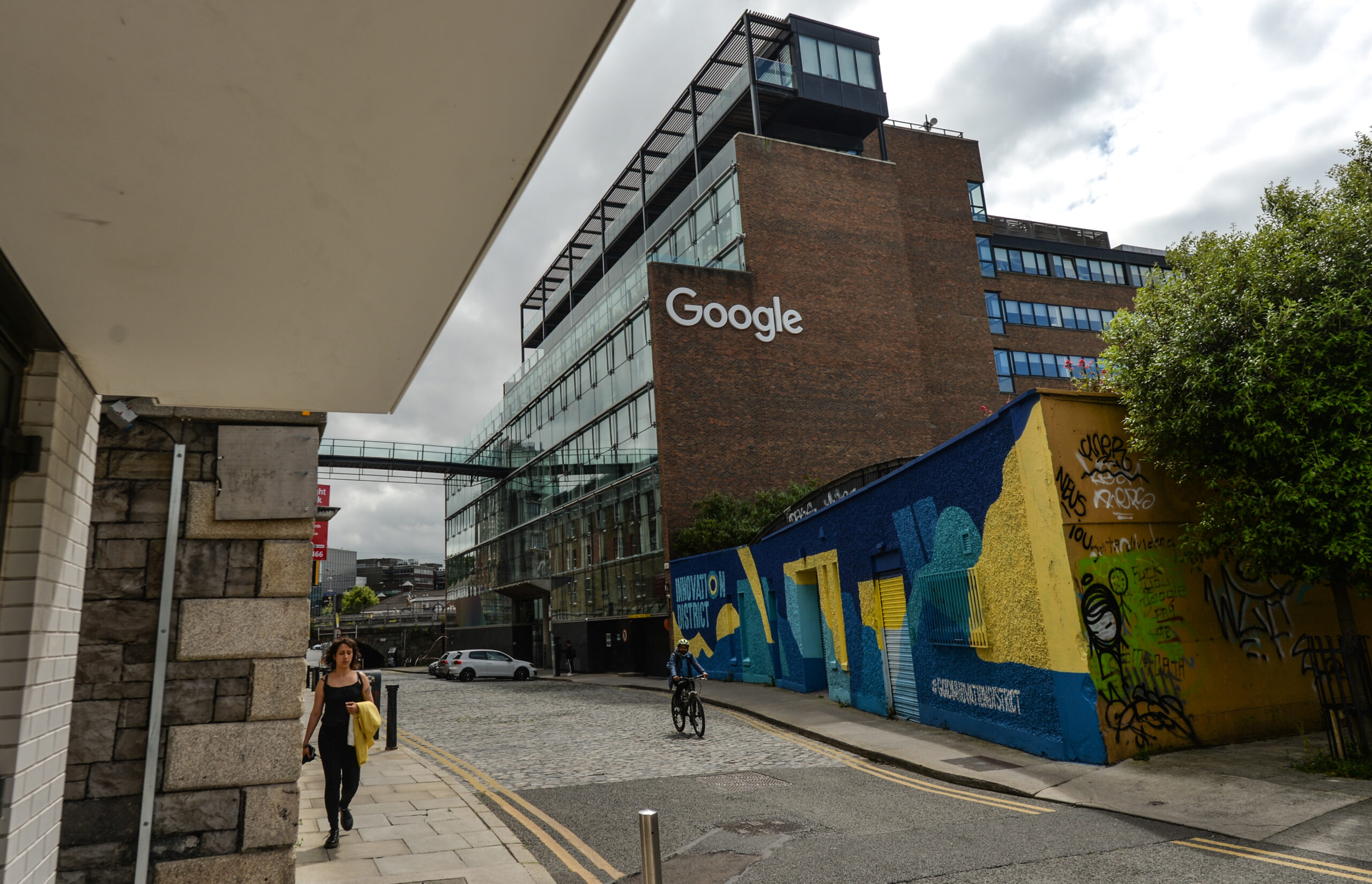A Google search of the term “platform business” throws up 1 820-million results. It’s clearly a popular idea, and so it should be, as many of the world’s fast-growing and most valuable companies are platform businesses. Facebook, AirBnB and Google are all platforms.
While we see plenty of platform startups in South Africa, established market leaders have been slow to react to this global trend. This is now changing, but turning a tanker isn’t easy. The implications for how businesses are run, structured and marketed are massive. The clock is ticking.
A basic definition of a platform is “facilitating the exchange between two or more independent groups”. Not an entirely new concept because the other name for a platform is a marketplace. There are several types of platform businesses, three of the more common are; social platforms – like Facebook, Twitter and others. Aggregation platforms – which bring together resources and help users to connect with most useful – like eBay, and education platforms that facilitate learning between individuals and institutions, like Getsmarter.
Platforms aren’t limited to technology sectors. One of the biggest platforms businesses is in the ancient world of retail. Amazon started as a “traditional” ecommerce business. Traditional in the sense that its operating model was like a pipe – where the producer pushes inventory to the consumer. Essentially a one-way system. Amazon started like this, owning, storing and delivering all its own inventory. If it had remained a pipe business, it wouldn’t have grown into the behemoth it is today.
The big idea was letting third-party sellers compete with Amazon directly within its own store. Amazon gave sellers access to their most valuable piece of real estate – the product listing page. Why did they do this? As Jeff Bezos explains in his shareholder letters, they focused on the customer and not the competition. And what the customer wanted was more selection. By allowing third-party sellers onto the site, Amazon rapidly increased selection; increased selection meant a better customer experience, which drove traffic, which attracted more sellers. In parallel, Amazon built Fulfilment by Amazon (FBA) – allowing sellers to store their inventory within Amazon’s fulfilment centres, handling delivery and return. Centralising fulfilment lowers costs and increases delivery speed (one package, not two), which reduces prices and improves the customer experience: a virtuous circle or flywheel.
Currently, most South African retailers (online or bricks and mortar) are pipes, with only Takealot creating a meaningful large-scale platform offering. This represents both an opportunity for new players (local and international) to enter the market and a threat for existing businesses.
It is a cliché but true that successful businesses look at everything from the customer’s perspective. Bezos talks about being customer obsessed rather than competitor obsessed. So, it’s worth looking at the trends driving demand for platform-like services.
Amazon’s success shows that online, people care more about their experience than a brand’s heritage. That is why Amazon can offer Amazon Web Services and Prime Video under the same brand; because the experience is so good, people overlook the fact that initially, at least, they had zero credibility when it comes to producing TV shows, for instance.
Another driver is simply the amount of time people spend online within digital platform environments. Globally, time spent on social messaging platforms has increased from 90 minutes a day in 2012 to 145 minutes in 2021. In South Africa, the number of social media users increased by three million (14%) between 2020 and 2021. Obviously, businesses need to be where their customers are.
Lastly, smartphones are now the norm – more than 90% of mobile phones in SA are smartphones. Look at the most recent PEP Cell catalogue, and only three of the 19 phones advertised are feature phones.
So how is this affecting businesses in South Africa? We know the global social platforms are already entrenched, replacing local social offerings with ease. We are also starting to see global platforms that require more infrastructure building a presence here; for instance, Amazon Web Services.
Interestingly, they don’t even need to come here to impact local businesses. According to Alexa, Amazon is now the 16th most searched website in South Africa. PayPal reported 62% of South African’s bought online from overseas retailers. Neither are fully representative, but if we don’t see this as the canary in the mine, local businesses are naive.
The newest and most high-profile platform brands popping up in South Africa are aggregator platforms or so-called “super apps”. One of the more well-known is Avo by Nedbank.
Read the blurb on their website, and it’s a compelling proposition – “Do you sometimes wish that all your appointments, services and goods could be taken care of on one platform? At Nedbank, we understand that sometimes you just don’t want to leave your home or talk to people over the phone to buy things from the store or get a plumber to deal with that leaky tap. That’s why we’ve introduced the new Avo super app – one app for everything you need.”
On Avo, you can shop for restaurants, groceries, tech, professional home services, prepaid and, of course, financial service. The user experience is clean if a little bland, and customer reviews aren’t great. But Avo has stolen a march on its competitors and upgrades should fix the apps teething issues. Nedbank is seeking to play a more prominent role in people’s lives. They are talking like a tech company, not a bank.
These platforms have one thing in common – they create an ecosystem where customers do not need to leave. Spotify gives you access to an almost limitless library of music and now also offers a growing range of podcasts because you don’t always want music. Airbnb doesn’t just give you access to homes; it provides access to experiences, too.
As someone who works in marketing, one of the interesting questions for me is how you position and brand these businesses. The brand idea that supports the product needs to be very scalable and stretchy so it can cover vastly different services while at the same time remaining single-minded, so you don’t confuse people.
The strongest platform brands use the interaction of the company, buyer and seller; the three participants in the ecosystem, to build their image. Design becomes less about logos and colour choices and more about designing these interactions.
At its best, these three participants work together to create a sort of “movement”. Spotify, for instance, connects the artist and the user in various ways. An algorithm brings new artists to the attention of listeners who are most likely to enjoy that particular sound. Then they have the “Fans First” project, which aims to connect artists with their superfans. Whenever there is a special Spotify Live event in a city, Spotify sends out emails to the artists’ biggest fans with unique and exclusive offers. These fans post on social media, creating brand content. Spotify has recognised it’s in the business of creating a culture and telling stories, not only selling playlists. This is something artists and music fans can get passionate and create content about.
If you suspect your business model looks more like a pipe than a platform, you may be looking at obsolescence in a few years. You only need to look at what has been happening on the UK highstreet, the closure of so many famous retail brands such as Debenhams and Top Shop, to see the risks of not at least exploring the implications of the platform revolution for your business.




